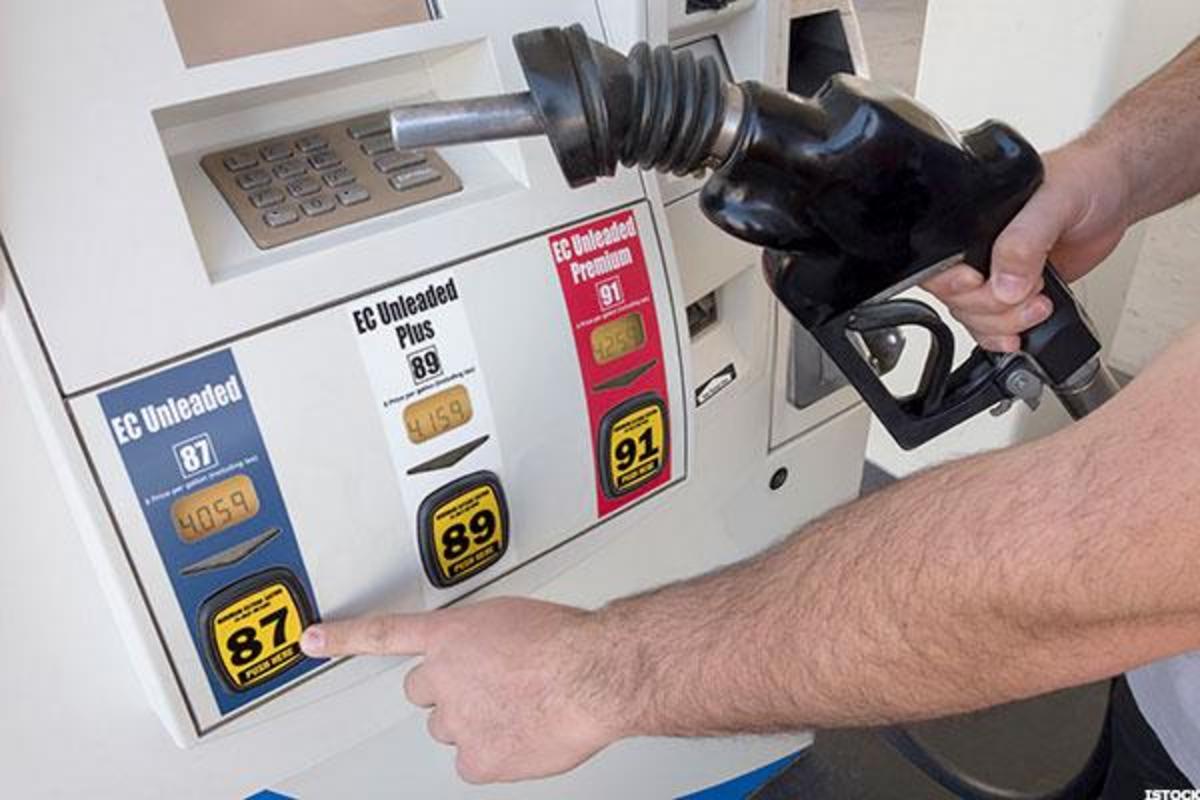
Global oil prices extended gains in early Monday trading, pushing crude to the highest levels in nearly a year, amid ongoing concerns liked to tight supplies, a nascent recovery in China demand and a resilient U.S. economy.
Last week's move by Russia and Saudi Arabia to extend their voluntary production cuts, which are taking 1.3 million barrels of oil from the market each day, until at least the end of the year are adding to upward prices pressures, as well, and could take crude closer to the $100 mark over the coming months, according to Bank of America analysts.
Reports from both OPEC and the International Energy Agency that cautioned on supply shortages over the coming months have added to the recent crude rally, although gains were somewhat offset by data from the Energy Department showing domestic production rates near the record 13 million barrel per day levels recorded in 2020.
"With supply outlook remaining tight into the end of the year, demand outlook becomes key for months ahead. Meanwhile, diesel supply is also running short, risking another uptick in inflation<" Saxo Bank strategists wrote Monday. "A host of central bank meetings ahead in the week will be key to whether oil breaks above $95 barrier."
WTI crude futures for October delivery, the most tightly correlated to domestic gas prices, were marked 66 cents higher in early Monday trading and changing hands at $91.43 per barrel.
Brent contracts for November, the global pricing benchmark, were up 455 cents to $94.50 per barrel, the highest since November of last year.
Data from the American Automobile Association pegged the average price of a gallon of regular gasoline at $3.881 on Monday, the highest post-Labor-Day price since 2012 but still well below the all-time high of $5.016 a gallon, reached in June of last year.
- Action Alerts PLUS offers expert portfolio guidance to help you make informed investing decisions. Sign up now.







